Bird Term
Cloaca and Cloacal Kiss Explained
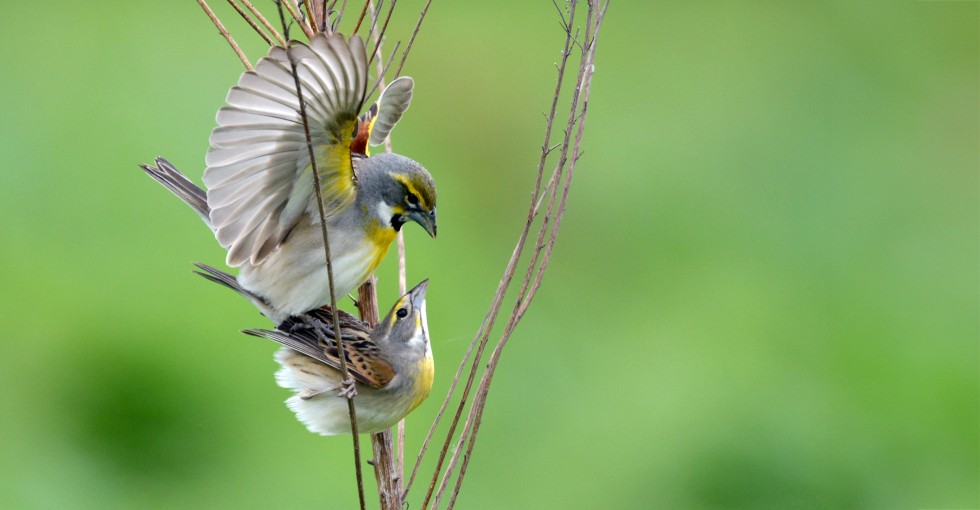
Dickcissels by Andy Reago & Chrissy McClarren (CC BY 2.0 DEED)
The cloaca is an essential anatomical feature in birds (the organ also exists in reptiles, amphibians, and some fish). In birds, the cloaca is a single opening located at the base of the tail that serves multiple functions. It is the exit point for the digestive, urinary, and reproductive tracts. This means that the cloaca is used for the expulsion of fecal matter, the release of urine, and the transfer of sperm or the laying of eggs.
In summary, the cloaca is a multi-purpose organ that is vital for the biological functions of digestion, excretion, and reproduction in birds.
The multi-use design of the cloaca might seem strange, but it’s a remarkable example of evolutionary efficiency. By having just one opening, birds maintain a lighter body weight, which is crucial for flight. The cloaca’s interior is divided into three chambers to handle the different functionalities. Each chamber has a technical name: the coprodeum is like a rectum and is for receiving feces from the intestines; the urodeum is for both urine and genital products; and the proctodeum, which is involved in storing waste from the other chambers before it is expelled.
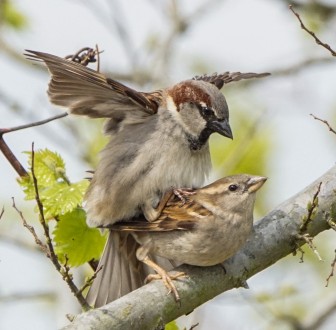
House Sparrows mating by Richard Smith (CC BY 2.0 Deed)
In birds, the cloaca plays a crucial role during mating. Most birds do not have external reproductive organs. Instead, in breeding season, the cloacal regions of both male and female birds swell, facilitating the transfer of sperm.
Mating occurs when a male and female bird press their cloacas together in a quick touch that typically lasts less than a second. This behavior is known as the cloacal kiss. The swift action allows the sperm to move from the male to the female to fertilize eggs. The efficiency of this process is vital, as birds often need to mate quickly to avoid predators and to not draw attention to themselves in vulnerable situations.
Despite the quick nature of their mating, birds often engage in complex and lengthy courtship rituals leading up to the cloacal kiss. These rituals can involve dances, songs, gift-giving (like offering food), and other behaviors that strengthen pair bonds and signal the fitness of the potential mate. For birdwatchers, observing these behaviors can be one of the most delightful aspects of monitoring avian life.
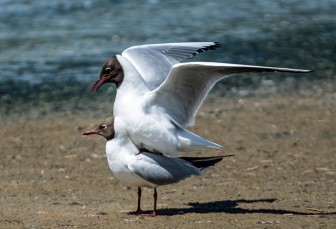
Black-headed Gulls mating by Alan Shearman (CC BY 2.0 Deed)
In terms of breeding success, the timing of the cloacal kiss is critical. Many bird species have very specific mating seasons, driven by environmental cues like temperature and day length, which ensure that the subsequent laying of eggs and rearing of chicks occur during times when survival rates will be highest.
Understanding terms like cloaca and cloacal kiss not only deepens our knowledge of bird anatomy and reproductive strategies but also enhances our appreciation for the intricacies of bird life.

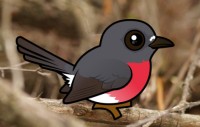


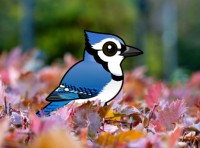
Comments
Leave a comment
Thank you!